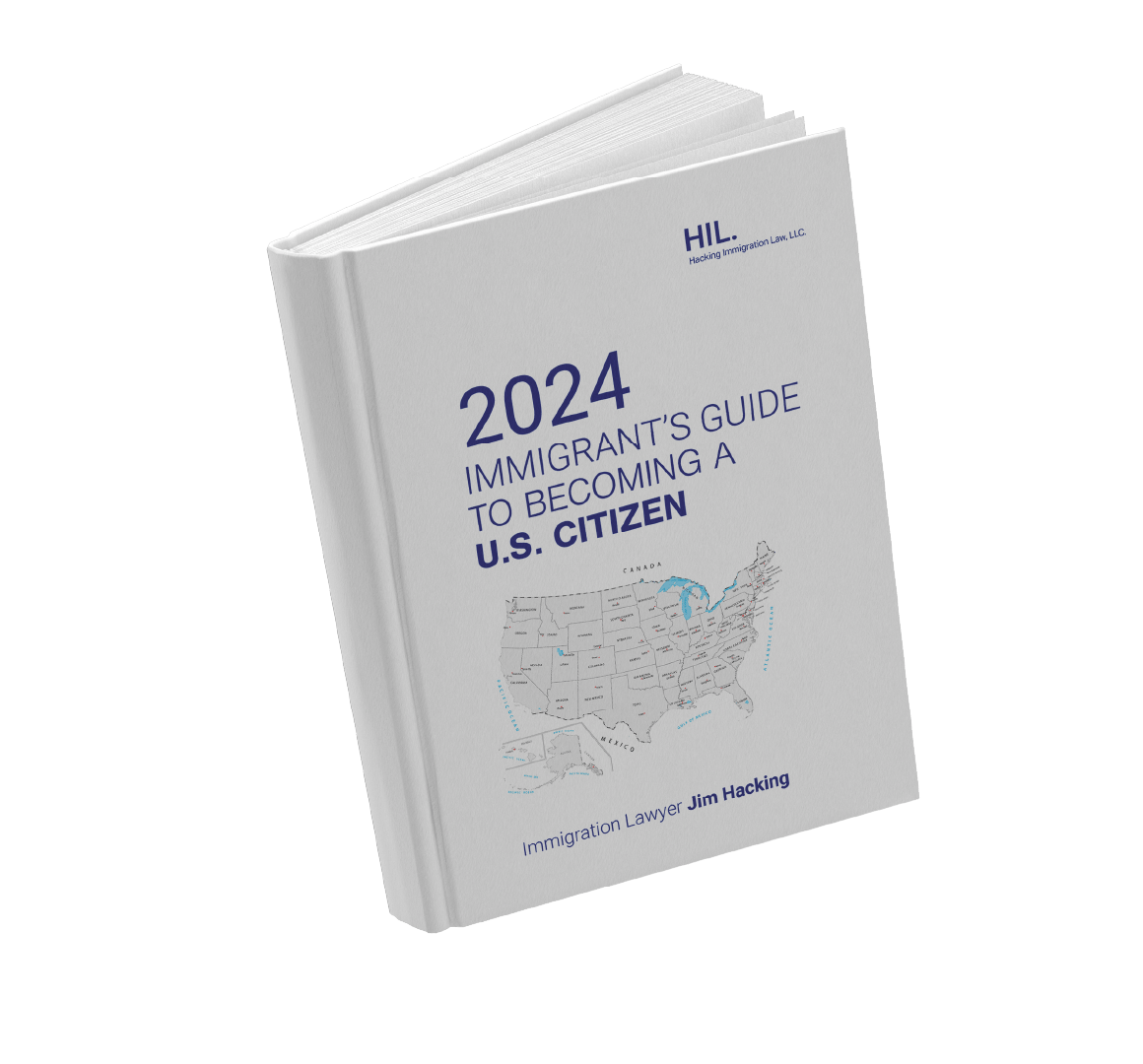The Eighth Circuit Court of Appeals in St. Louis, Missouri, handed down a decision this week regarding the termination of lawful permanent resident status for a British man.
Mr. John Waldron entered the U.S. as a non-immigrant visitor in April of 2002. He married a U.S. citizen and received conditional permanent residence in December of 2003. On New Year’s Day of 2005, Waldron and his wife visited a local St. Louis restaurant. When leaving the restaurant, Waldron and another patron got into a physical altercation. During the altercation, Waldron struck the man with an empty martini glass. Waldron was arrested, charged and pleaded guilty to felony second degree assault. He was sentenced to one year probation and 100 hours of community service.
Later in 2005, Waldron filed an I-751 to have the conditions on his lawful permanent resident status lifted. The St. Louis field office of USCIS denied the petition and instead served him with a Notice to Appear, alleging that his conditional permanent resident status was terminated due to the conviction. DHS claimed Waldron was removable because the conviction was one involving moral turpitude and because it had happened within five years of his entry into the U.S.
In removal (deportation) proceedings, Waldron conceded removability and sought adjustment as the spouse of a U.S. citizen. Due to his inadmissibility from the conviction, he also filed a Section 212(h) waiver. A Section 212(h) waiver provides that certain grounds of inadmissibility, including a crime involving moral turpitude, may be waived if it would result in extreme hardship to the U.S. citizen. At this point in time, Mr. and Mrs. Waldron had a two year old, U.S. citizen son.
The immigration judge conducted several hearings on the matter, noting that it was the Waldrons’ burden to show “extreme hardship.” The immigration judge made extensive findings of fact and listed 13 reasons why deportation of Mr. Waldron would cause extreme hardship on the U.S. citizen spouse and child, including the possibility of separation of the family, Mr. Waldron’s excellent employment history, the son’s complicated medical history and related issues. The immigration judge concluded that the bar fight was not a “violent or dangerous crime” and that therefore the Waldron’s did not have to meet the higher burden of showing an “exceptional and extremely unusual hardship.” Accordingly, the waiver was granted.
DHS appealed to the Board of Immigration appeals, arguing the assault conviction qualified as a “violent or dangerous crime,” therefore warranting the higher standard of exceptional and extremely unusual hardship.” The BIA reviewed the Missouri statute and concluded that Waldron’s “conduct in committing the crime consisted of hitting the victim over the head with a glass” which was “violent and dangerous” under the law. The BIA then held that the Waldrons did not meet the heightened standard of “exceptional and extremely unusual hardship.” The BIA ordered Waldron removed to the United Kingdom. One member of the BIA dissented, arguing that the bar fight was not a crime of violence.
The Waldrons appealed to the Eighth Circuit, which began its analysis by concluding that under the Missouri statute and the facts of the assault, Waldron was convicted of a violent and dangerous crime. The Court then addressed the Waldrons’ argument that the BIA had impermissibly substituted its analysis of the facts. The Eighth Circuit agree, concluding that the BIA had “engaged in its own factfinding” and had failed to apply the clearly erroneous standard to the immigration judge’s findings of fact. The Court noted several instances where the BIA attempted to substitute its own findings of fact, instead of determining whether the immigration judge’s findings were “clearly erroneous.” The Eighth Circuit remanded the case to allow the BIA to apply the proper standard or to remand to the immigration judge for further findings.








